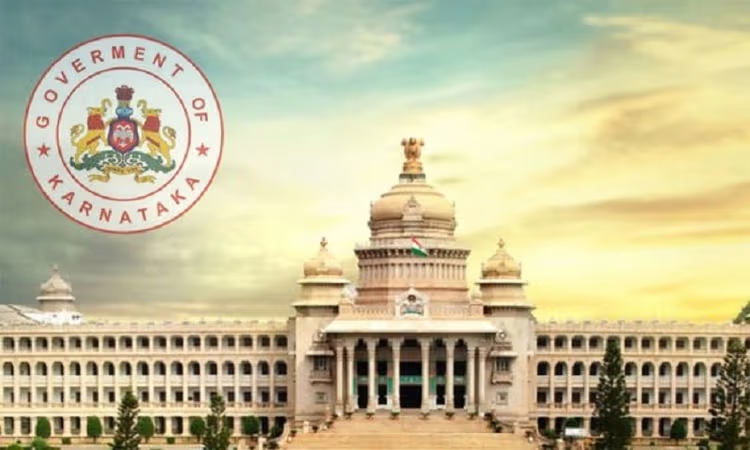Widespread rainfall likely in coastal Karnataka till July 28, yellow alert in several districts
Independence Day: Government appoints ministers for flag hoisting in district headquarters
7/11: How HC negated 2015 guilty verdict ‘satisfied’ with confessional statements of accused
Goa govt to file contempt plea in SC against Karnataka over Mahadayi water diversion: CM Sawant
Siddaramaiah reviews progress of solar agri pump scheme KUSUM-B, calls for speedy implementation
Fertilizer truck crashes into bakery after brake failure in Koratagere; three killed, three injured
US says it’s leaving UN cultural agency UNESCO again, only 2 years after rejoining
Karun Nair to return to Karnataka from Vidarbha for upcoming domestic season

















